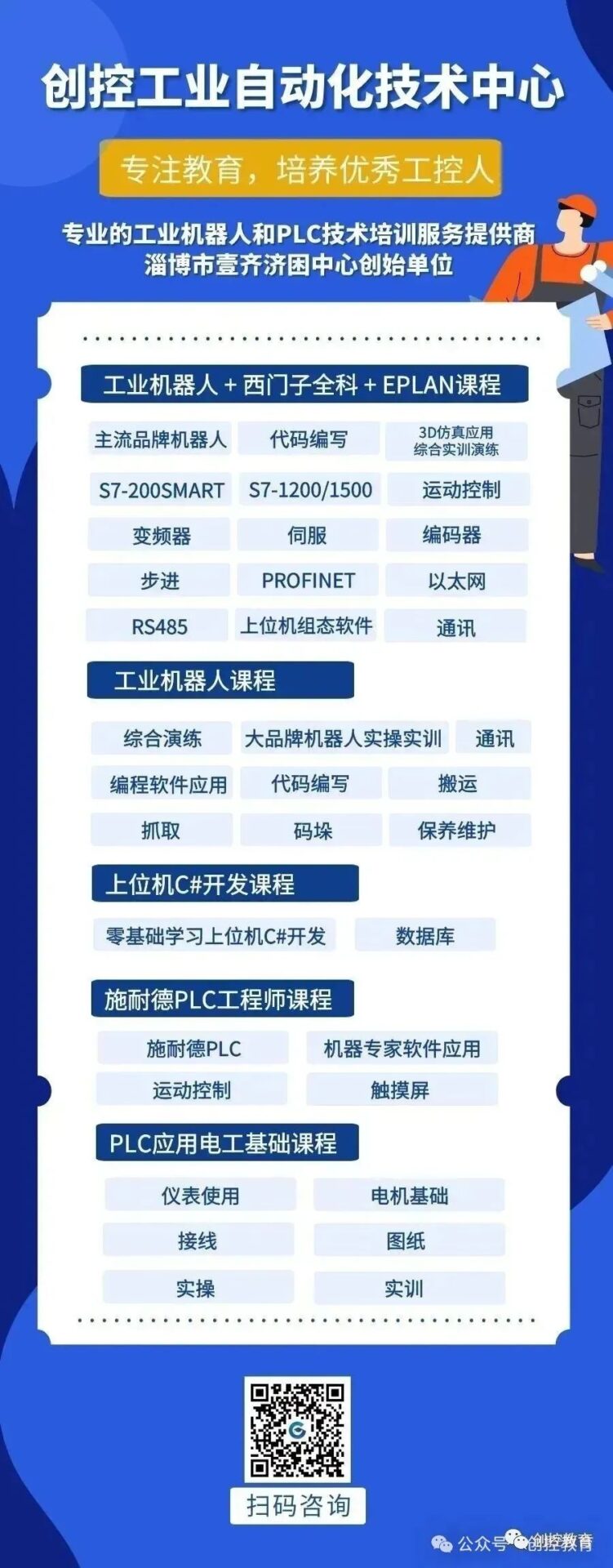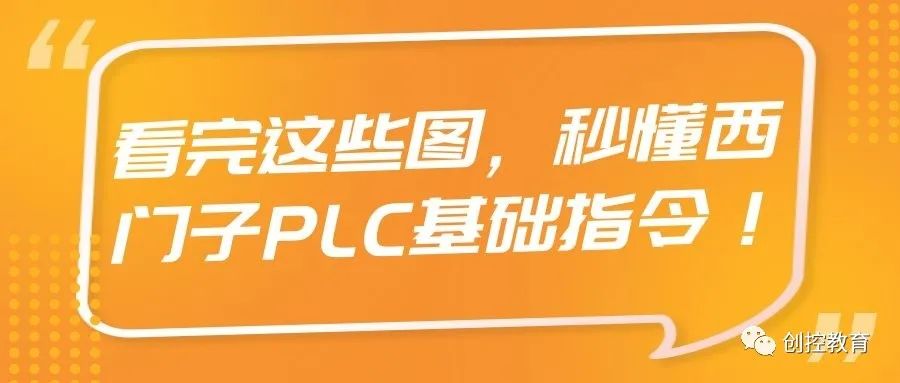
1. Contact and Coil Instructions
Programming Principles of PLC Ladder Diagram Language
1. The ladder diagram consists of multiple rungs, with each coil forming a rung, and each rung having multiple branches, representing a logical equation;
2. The relays, contacts, and coils in the ladder diagram are not physical; they are bits in the PLC memory (1=ON; 0=OFF); normally open/closed contacts can be referenced infinitely during programming, while coil outputs can only be referenced once;
3. The current flowing through the ladder diagram is not physical current but “conceptual current,” which can only flow from left to right;
4. The operations of the user program are based on the contents of the PLC’s input/output image registers, and the results of logical operations can be immediately used by subsequent programs;
5. Internal relays of the PLC cannot be used for control; they can only store intermediate states for logical control;
6. Output coils cannot directly drive field actuators; they must drive through power devices on the I/O module. The basic logic instructions focus on bitwise logical operations. In bitwise logical instructions, unless otherwise specified, the valid operand areas are: I, Q, M, SM, T, C, V, S, L, and the data type is BOOL. Contact and coil instructions are divided into: standard instructions, immediate instructions, negation instructions, and positive (negative) edge instructions.
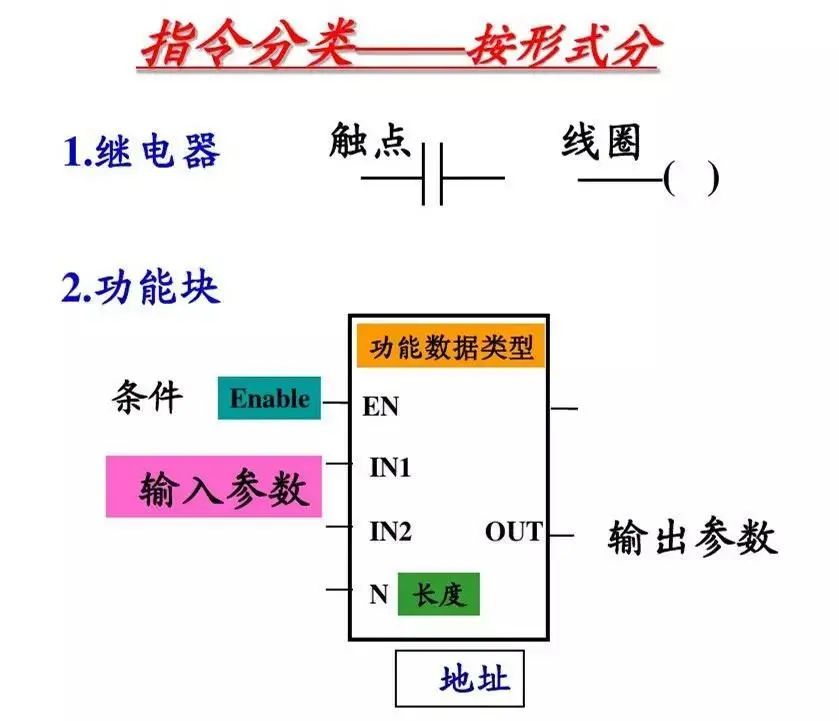
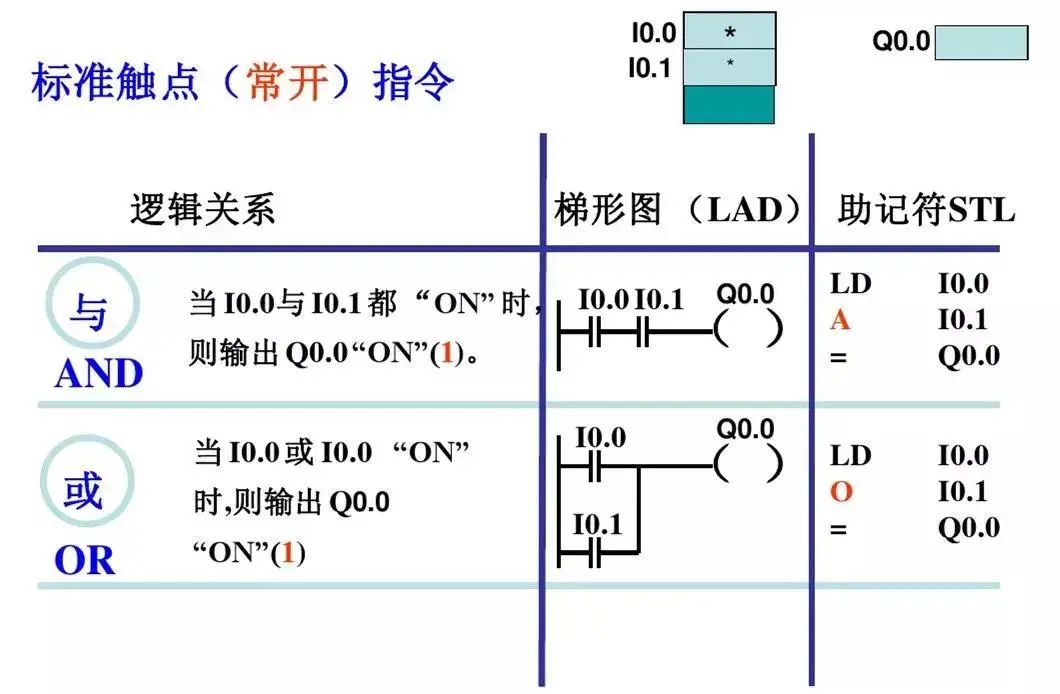


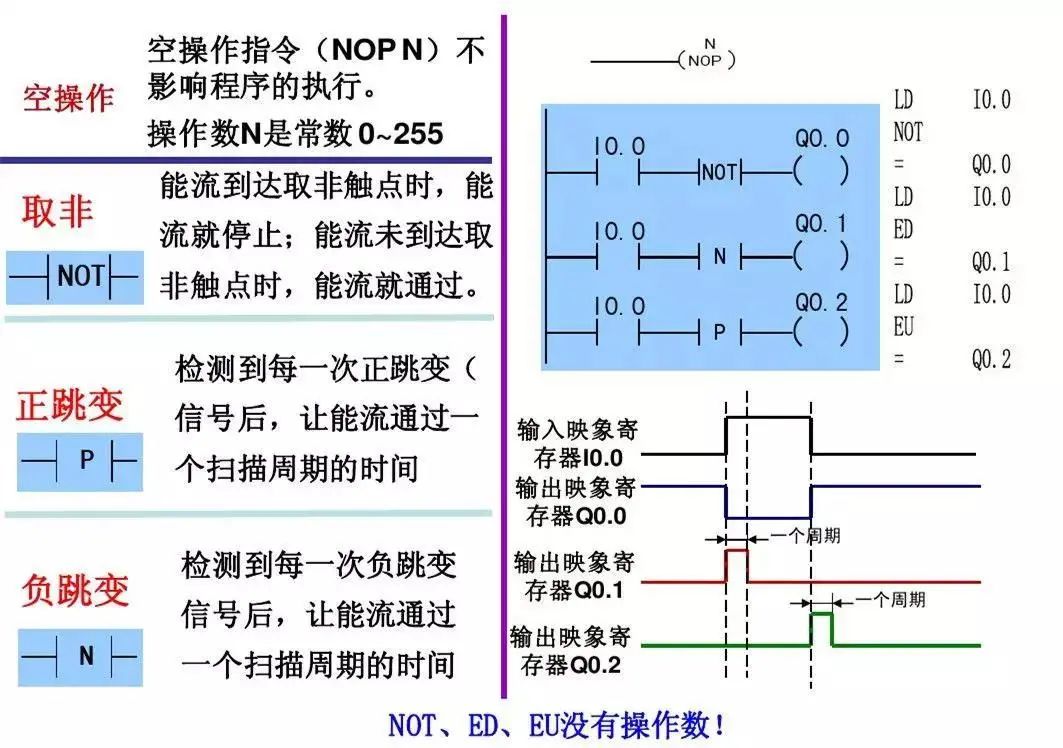

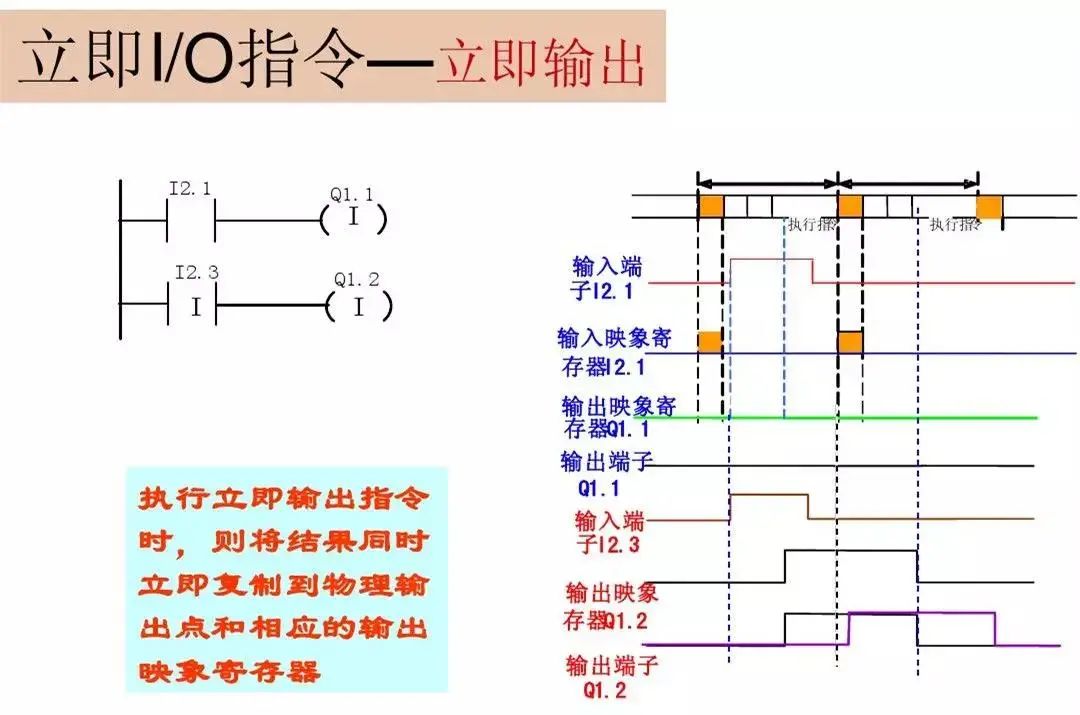


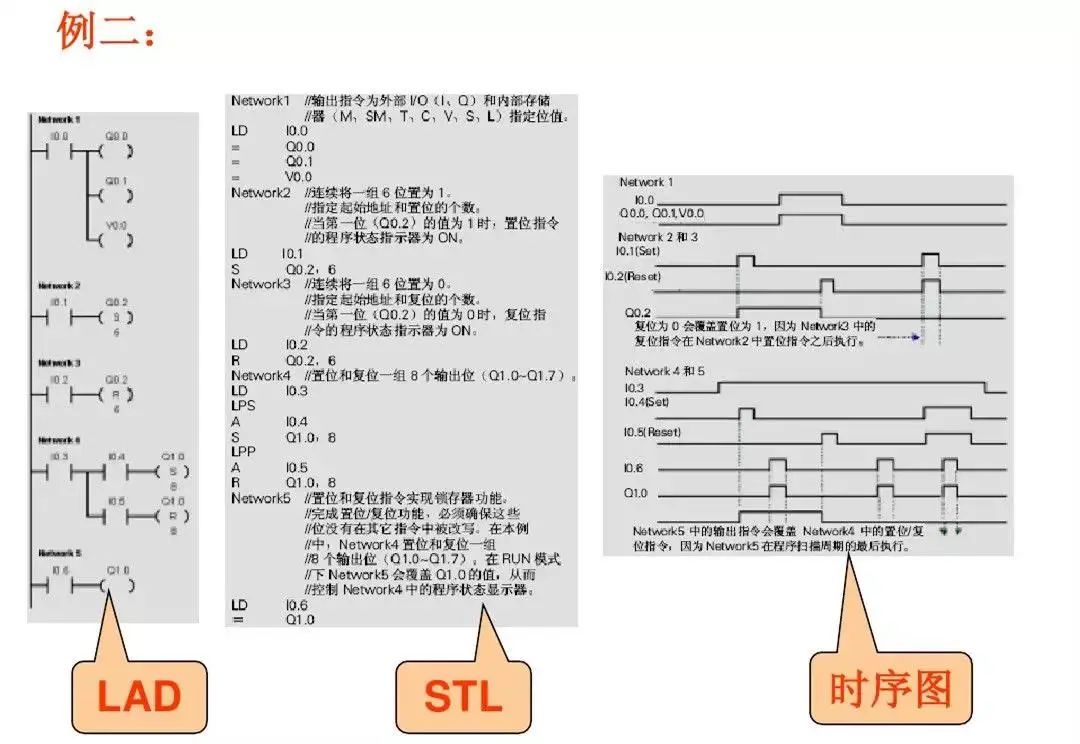
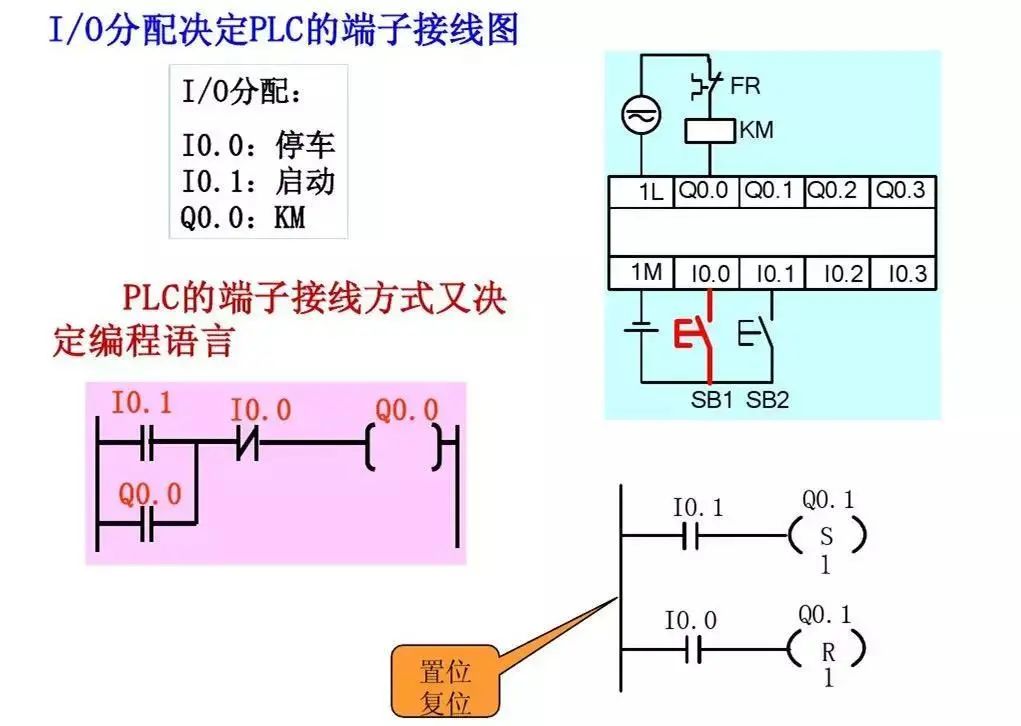

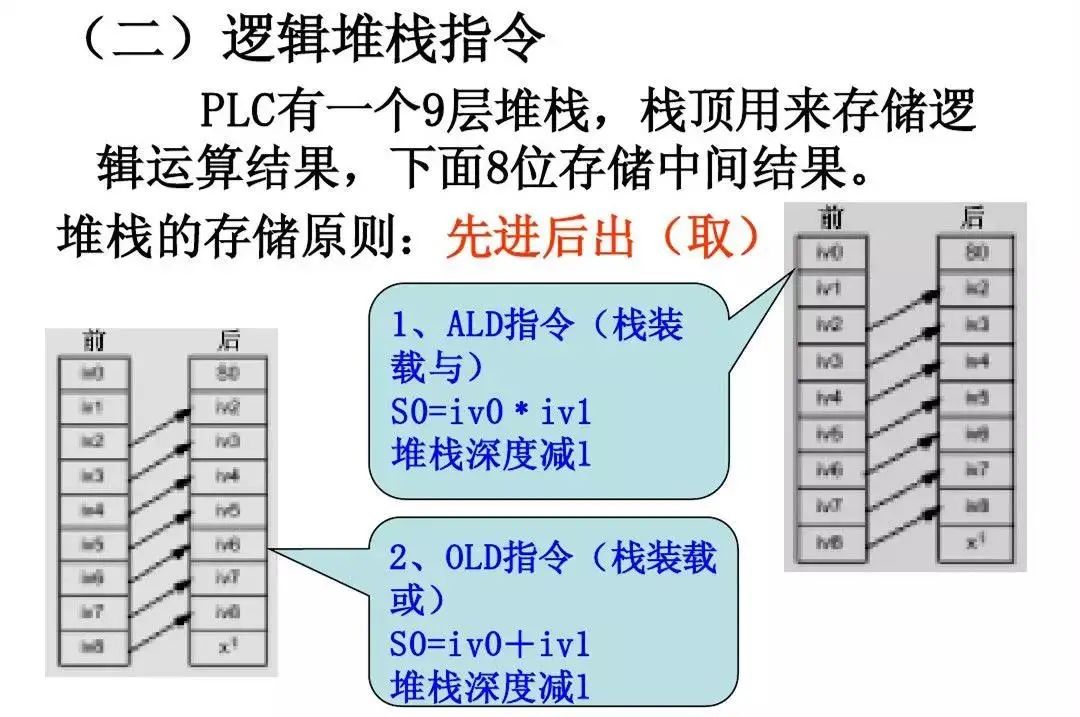

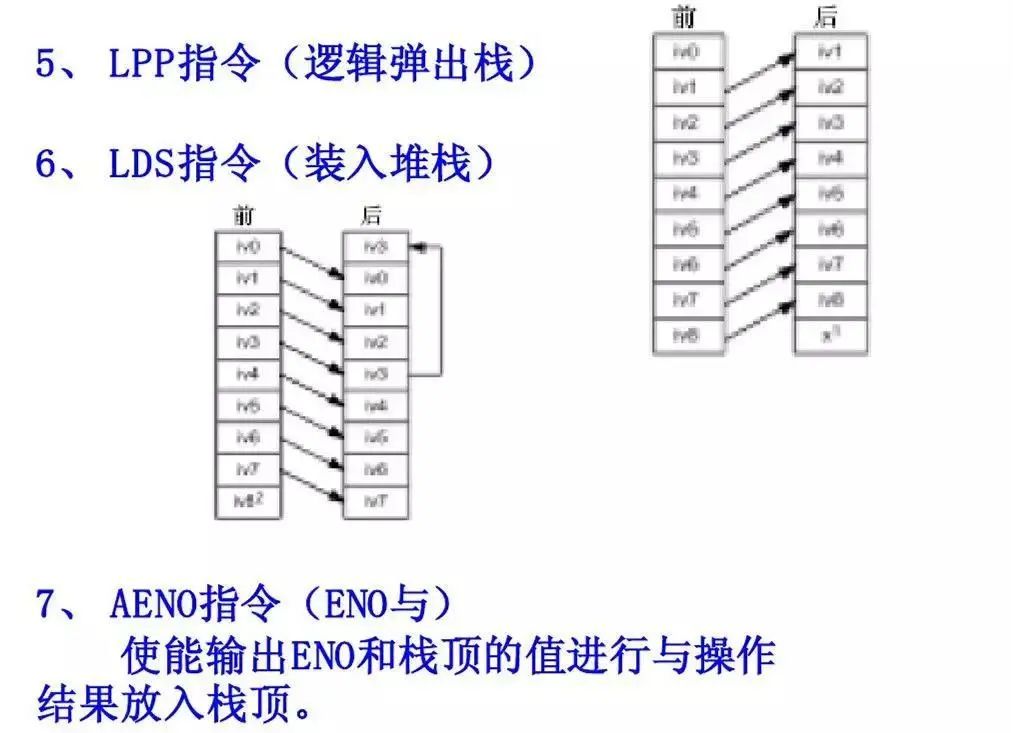

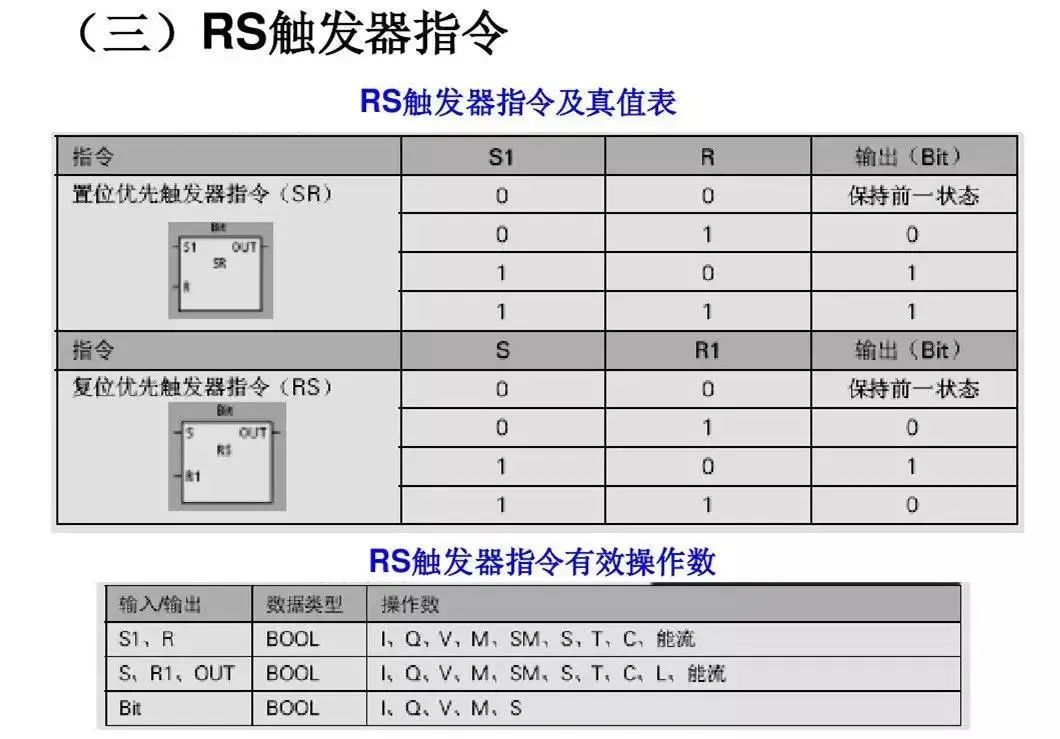
2. Timer Instructions
Includes: On-delay timer (TON), memory on-delay timer (retentive) (TONR), off-delay timer (TOF). S7-200 has 256 timers (T0~T255).
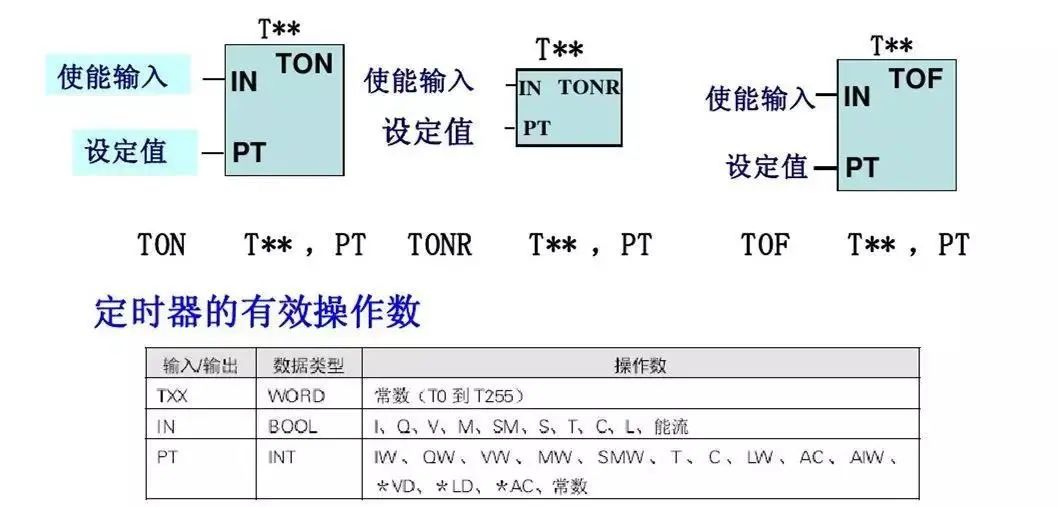
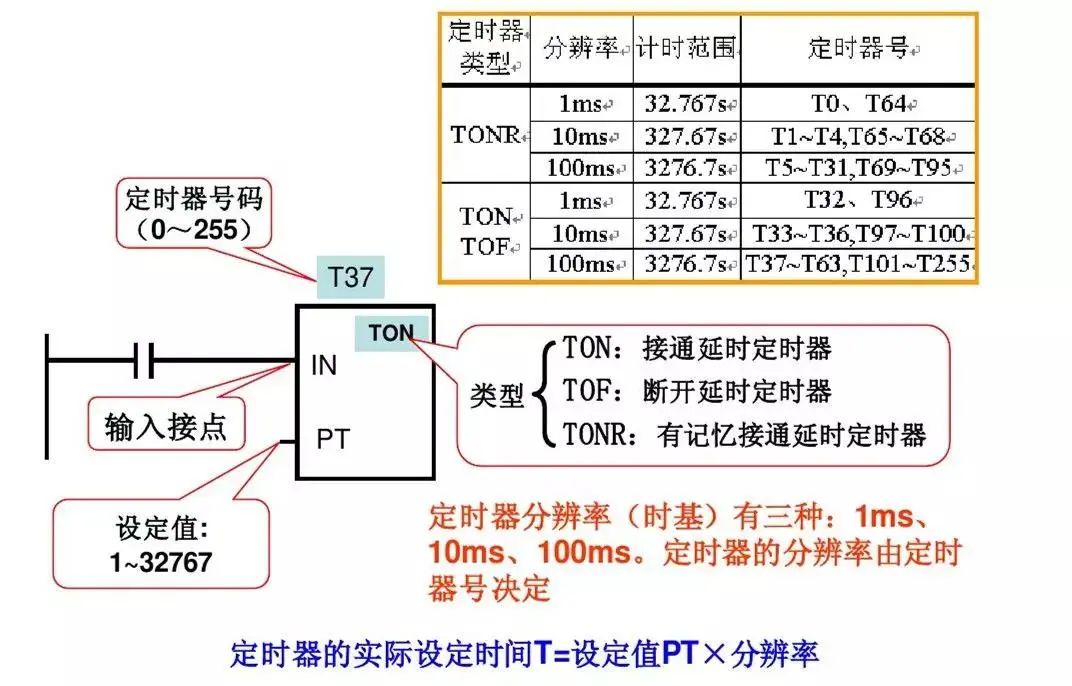
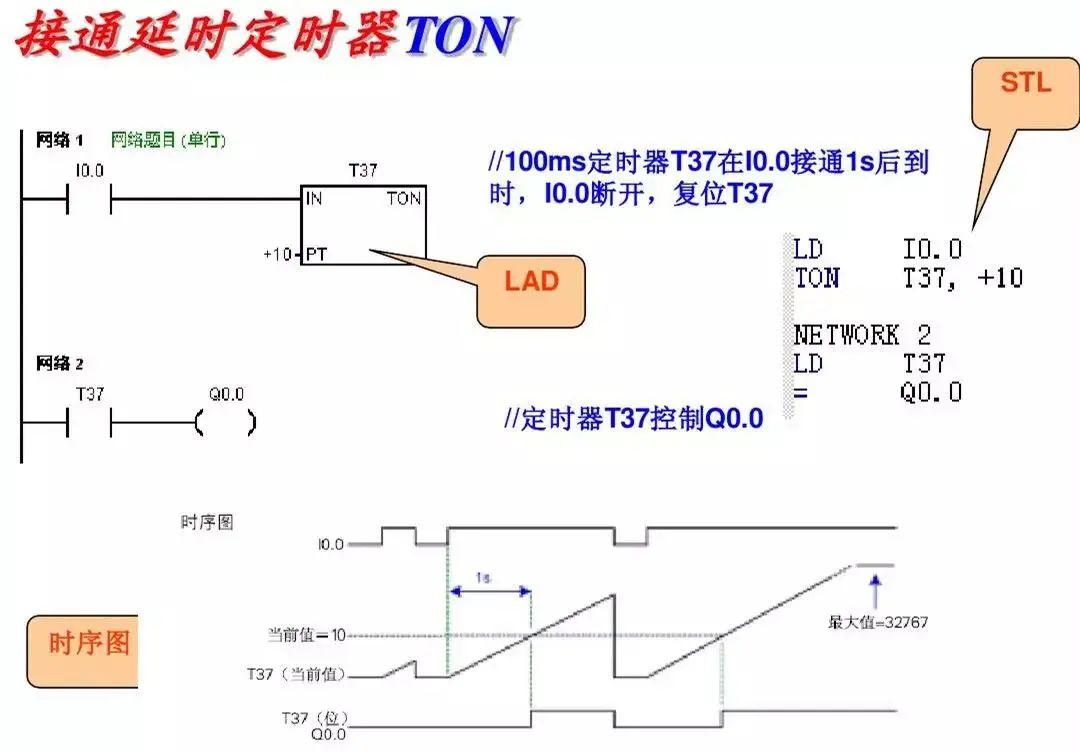
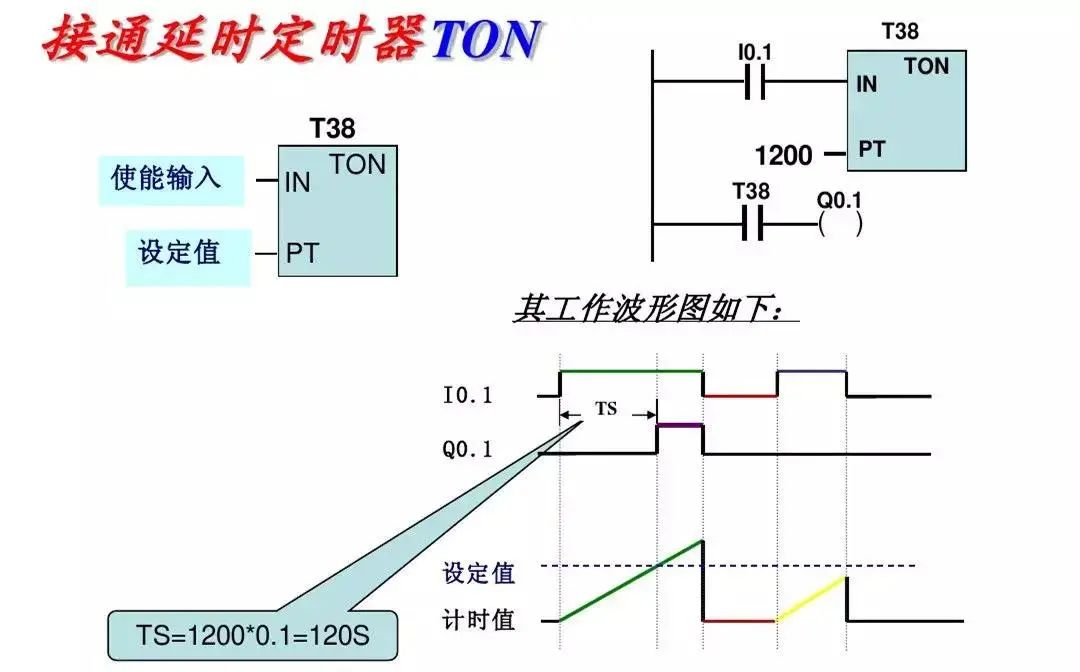


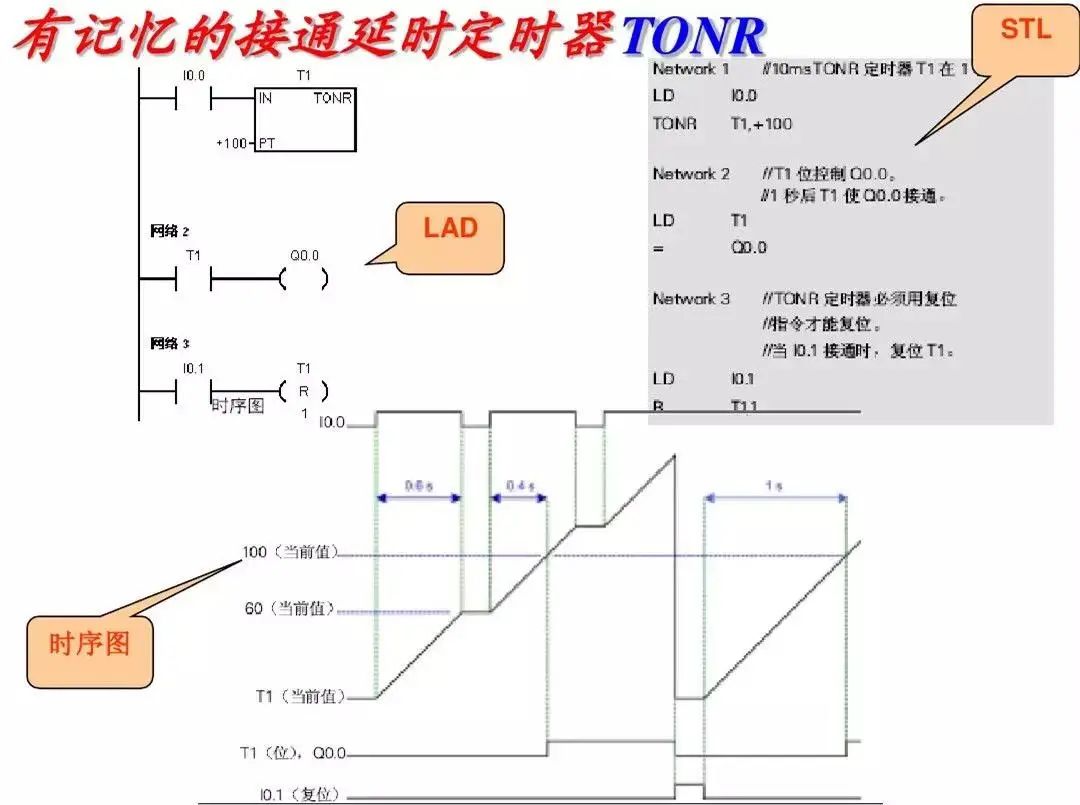
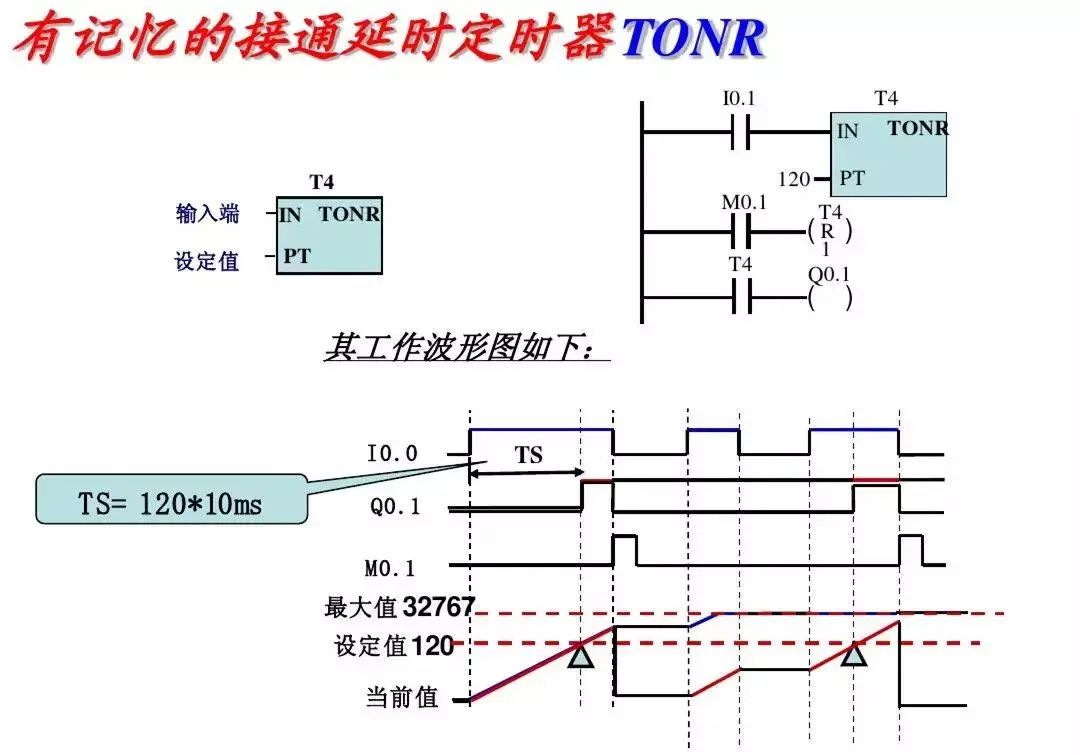
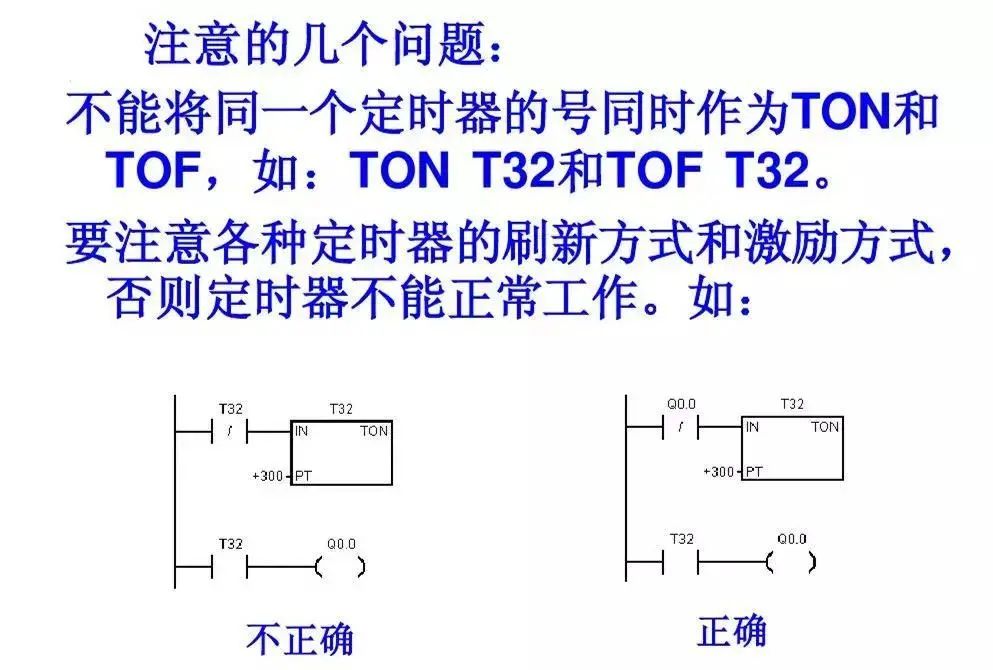
3. Counter Instructions
Includes: Count Up (CTU), Count Down (CTD), and Count Up/Down (CTUD), with a total of 256 (C0~C255). The counter counts internal clock pulses of the PLC, while the counter counts external or program-generated counting pulses. The current value of the accumulated count (16-bit signed integer) is stored in the counter’s 16-bit current value register.
Each counter has only one 16-bit current value register address. In a program, the same counter number should not be reused, nor should it be allocated to several different types of counters.
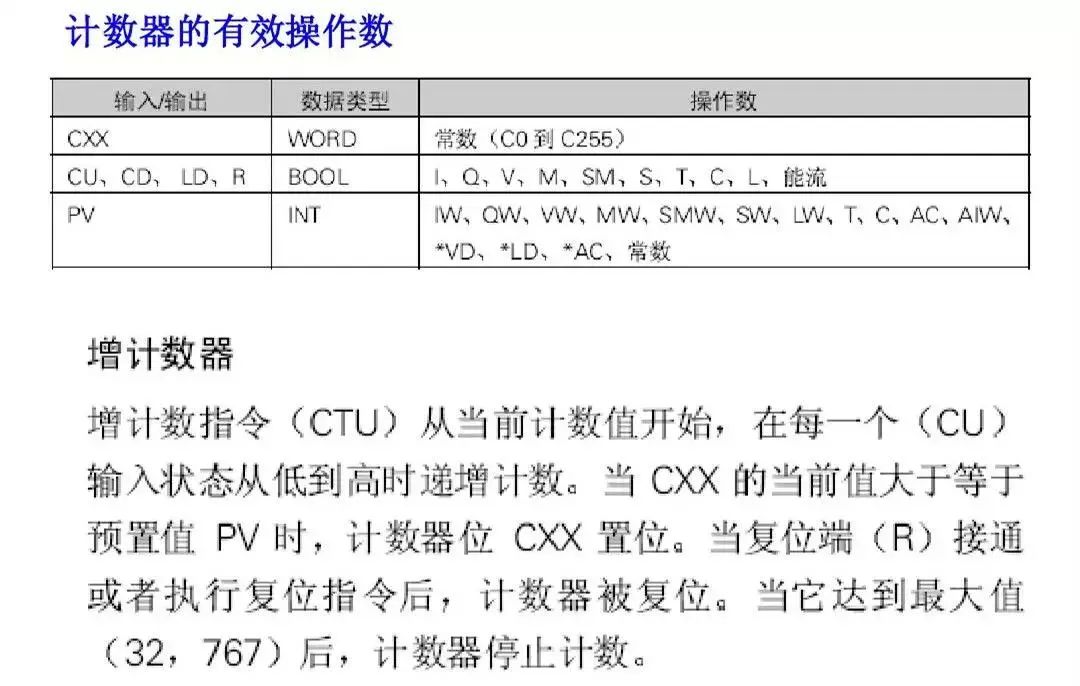
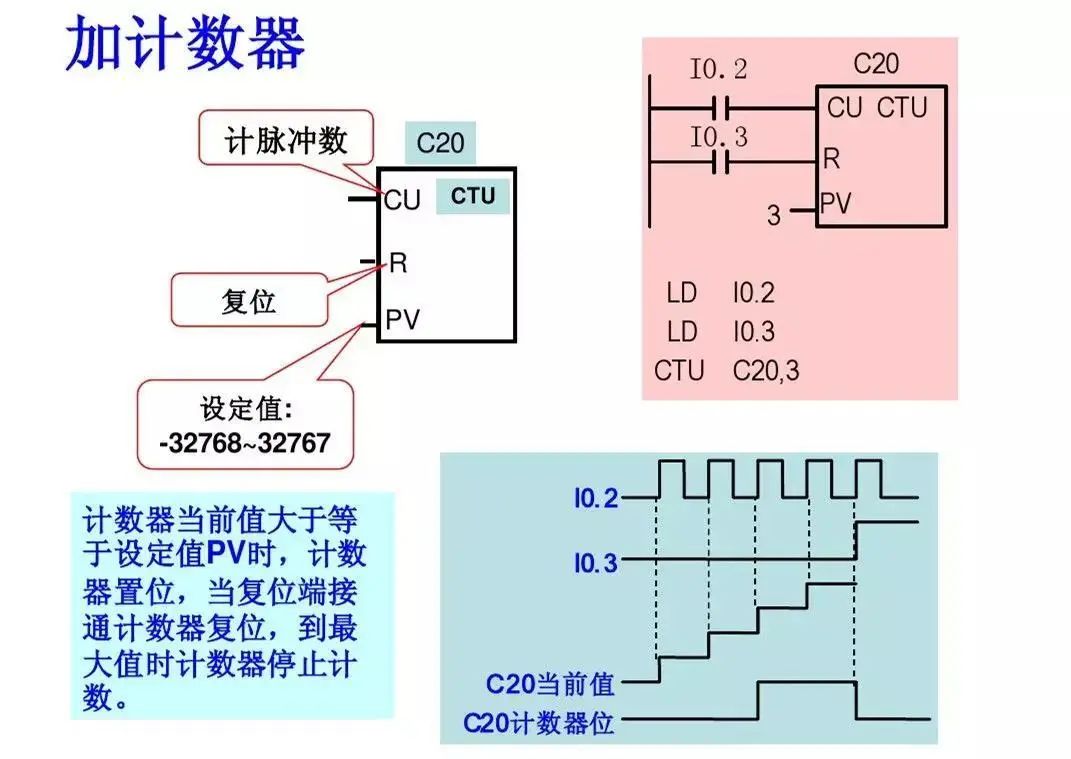


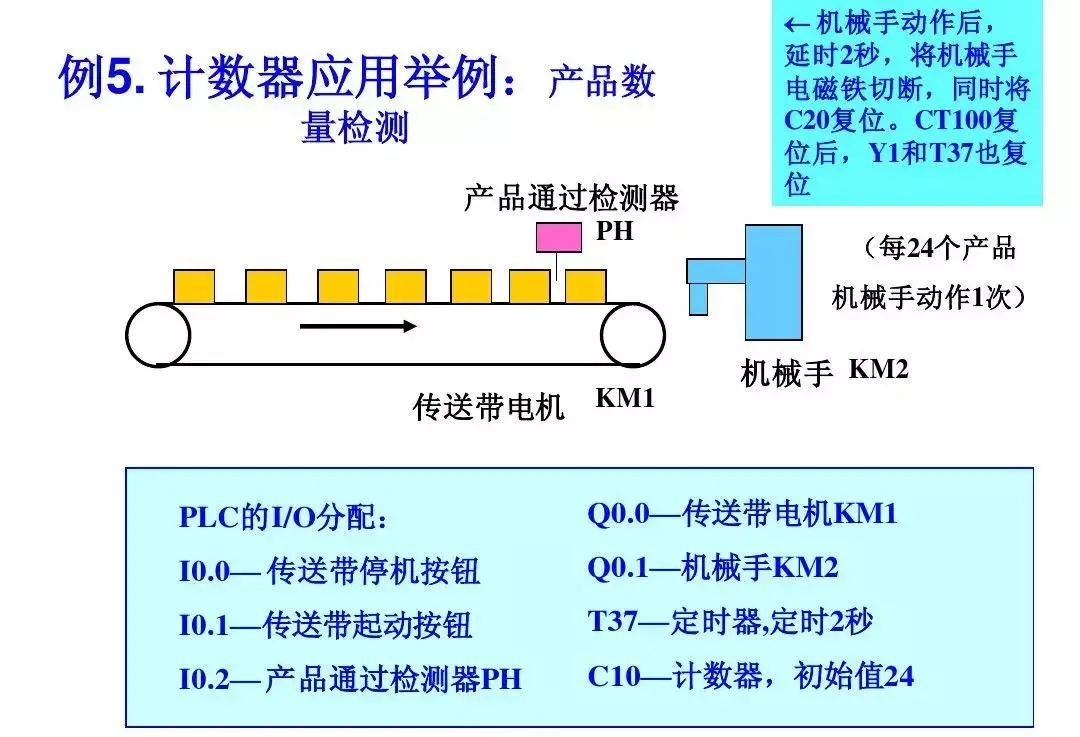
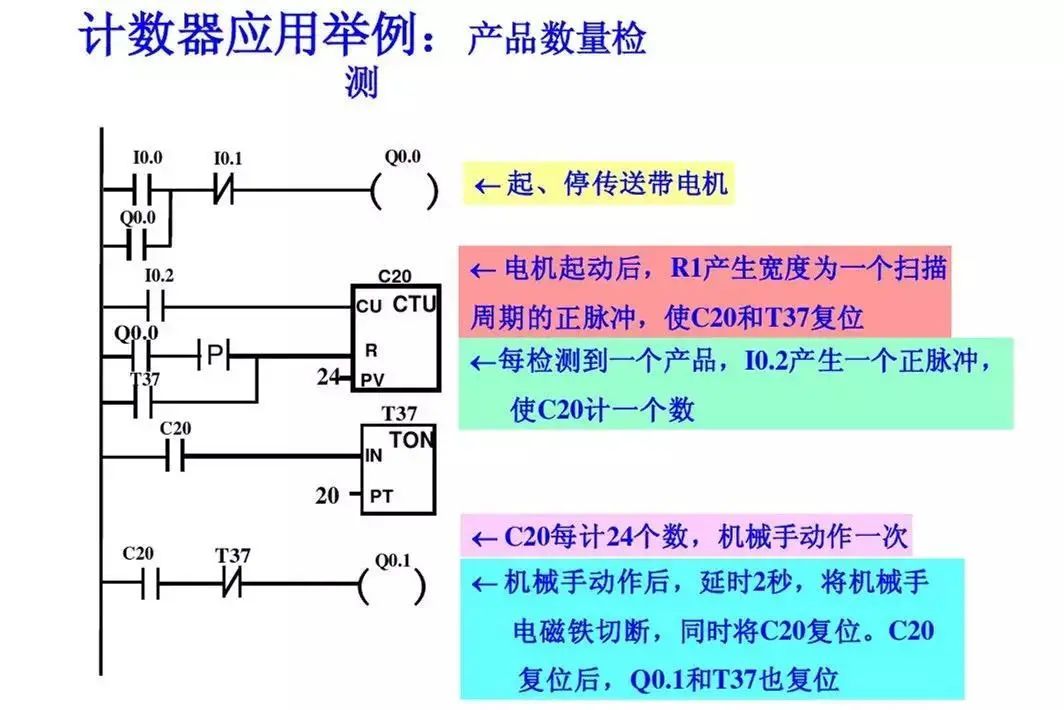
(Content sourced from the internet, copyright belongs to the original author)
Disclaimer: If copyright issues arise, please contact for removal!No individual or institution bears related legal responsibilities.
